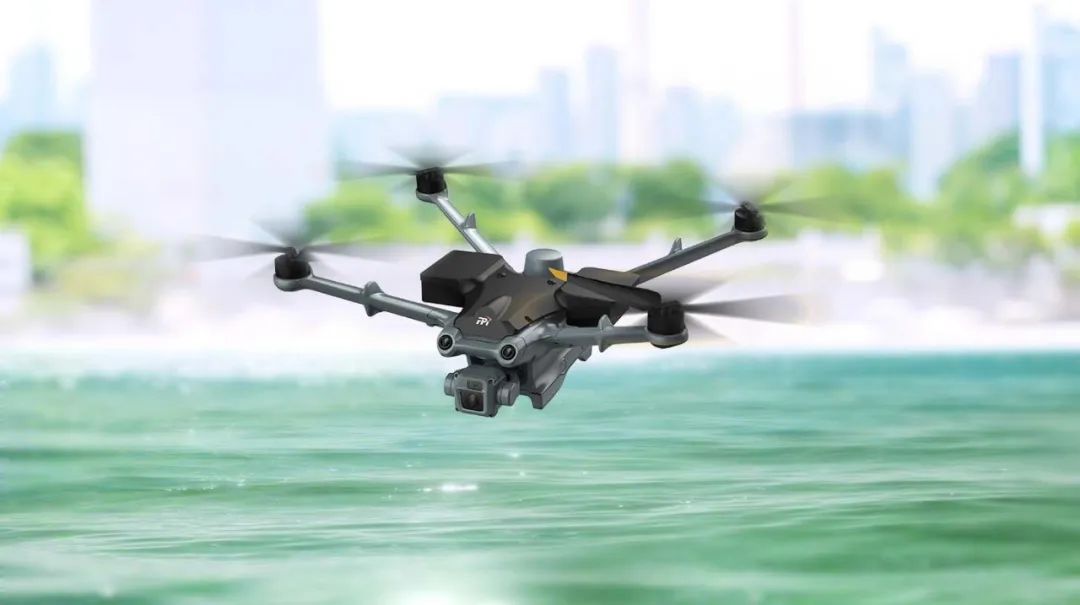Drone Classifications

Drones can be classified into various categories based on their design, use, size, and capability. First and foremost, we have multirotor drones, the most common type. They are widely used for aerial photography and videography because they are easy to maneuver, hover, and operate. Most consumer drones fall into this category.
Apart from multirotor drones, fixed-wing drones mimic the traditional airplane design and are suitable for covering long distances. Due to their design, they are employed in mapping, agriculture, and surveillance projects. Unlike multirotors, these drones can glide, conserving energy while covering vast areas.
Specialized Drones
Thirdly, single rotor drones resemble helicopters and typically have a runtime advantage over multirotors. Although complicated, they can be used in applications requiring stability and endurance. These are often found in lidar scanning and surveying where precision is paramount.
In recent advancements, hybrid drones have emerged, combining the efficiency of fixed-wing drones with the hover capability of multirotors. They have opened new possibilities in logistics and delivery services. This adaptability makes them a crucial asset for companies experimenting with transportation delivery systems using drones.
Drone Uses in the Contemporary Era
Beyond drone classifications, their usage varies widely across industries. In the film industry, drones give directors unprecedented access to unique perspectives and shots. In agriculture, drones help farmers monitor crop health, optimize watering schedules, and identify pest infestations using advanced imaging technologies.
Meanwhile, drones are revolutionizing healthcare by providing faster delivery of medical supplies and organs, particularly in rural or inaccessible areas.
Future Prospects
With AI increasingly integrated into drones, autonomous missions and machine learning capabilities are on the horizon. Such enhancements could witness drones performing complex, multidimensional tasks without human intervention. Additionally, as society becomes more eco-conscious, electric drones with longer battery life are emerging to reduce carbon footprints.
Despite the tremendous advancements, challenges persist mainly with privacy concerns and regulatory frameworks. Adapting legislation harmoniously as technology evolves is imperative for future growth.

Frequently Asked Questions
- How are drones controlled?
Drones can be controlled remotely using joysticks or through pre-programmed software applications. Advanced drones utilize AI for autonomous navigation.
- What industries benefit most from drone technology?
Aerial photography, agriculture, surveillance, logistics, and healthcare are the prime beneficiaries of drone technology.
- Are drones environmentally friendly?
While drones reduce ground transit emissions, the environmental impact is largely dependent on their energy source and lifecycle.